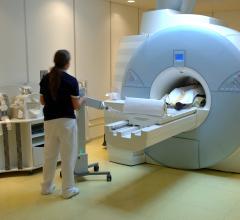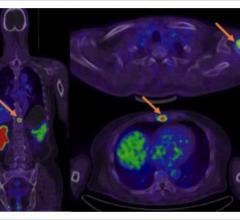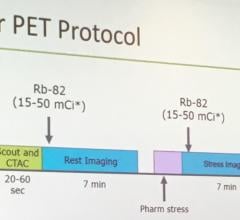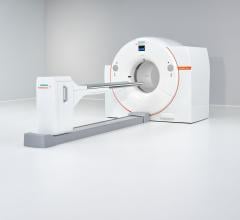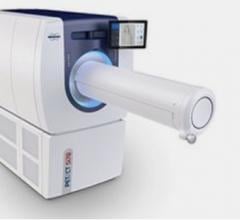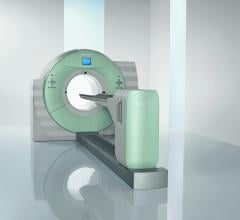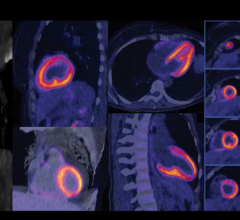June 10, 2011 — This year at the SNM 2011 Annual Meeting, TruFlight Select, the first economical positron emission tomography (PET)/computed tomography (CT) system equipped with time-of-flight (TOF) technology, was debuted. Although the TruFlight Select PET/CT, made by Philips Healthcare, is designed to serve the needs of facilities with budget constraints, the system is equipped with Philips’ premium TOF technology, Astonish TF. Astonish TF is the same TOF technology driving Philips’ new high-end Ingenuity TF PET/CT and PET/MR systems, introduced at RSNA 2010. Astonish TF is now being standardized across the Philips PET portfolio, and Philips is offering our current TOF customers a performance upgrade to the latest version of Astonish TF.
TOF technology for positron emission tomography (PET) scanners is designed to enhance image quality by reducing image artifacts and providing higher sensitivity. The resulting images help clinicians better detect and locate lesions to increase diagnostic confidence and preserve healthy tissue during treatment. According to a recent study, TOF scans can help to improve lung and liver lesion detectability. In the study the improvement was more pronounced in heavy patients.
Compared to non-TOF systems, Astonish TF allows for up to 30 percent improved contrast resolution while maintaining quantitative accuracy. With 495 picosecond timing resolution on all new systems, Philips provides the fastest timing resolution of all currently available PET systems with TOF. Philips now offers TOF technology for virtually all budgets and clinical needs.
All Philips TOF PET/CT systems that have been purchased since 2006 can be upgraded to the latest version of Astonish TF for improved performance.
Prof. Wolfgang Weber of the nuclear medicine department at University Clinic, Freiburg is one of the first clinicians worldwide to upgrade to latest version of Astonish TF.
“The combination of advanced TOF technology with a newer PET/CT system has contributed to significant improvements in image quality, which helps us see small lesions in lymph nodes of overweight patients that may have been overlooked on non-TOF systems,” said Weber.
For more information: www.philips.com

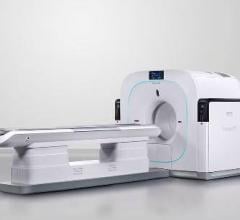
 July 25, 2024
July 25, 2024 
